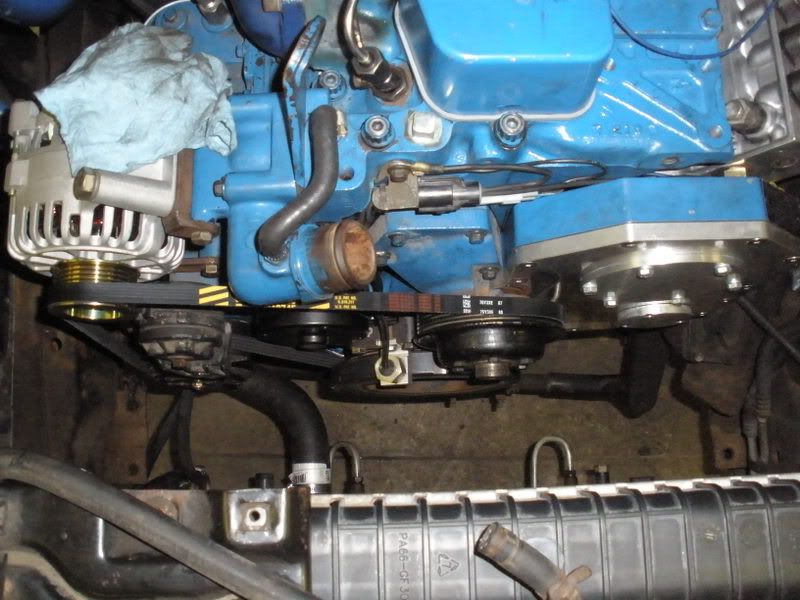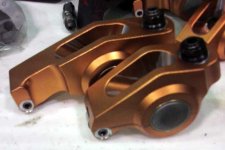zstroken
For $$$ your name here
- Joined
- Sep 27, 2006
- Messages
- 23,151
Dan, I'm not sure I'm following what you're getting at here? Are you suggesting the flat tappet moves the valve more agressively? That's opposite of everything I and many others know about flat vs. rollers. :what:
I am not saying that, but when you look at the roller cam it will look super aggressive compared to a flat tappet cam.
Picture the roller approaching the cam lobe. You have the radius of the roller.


